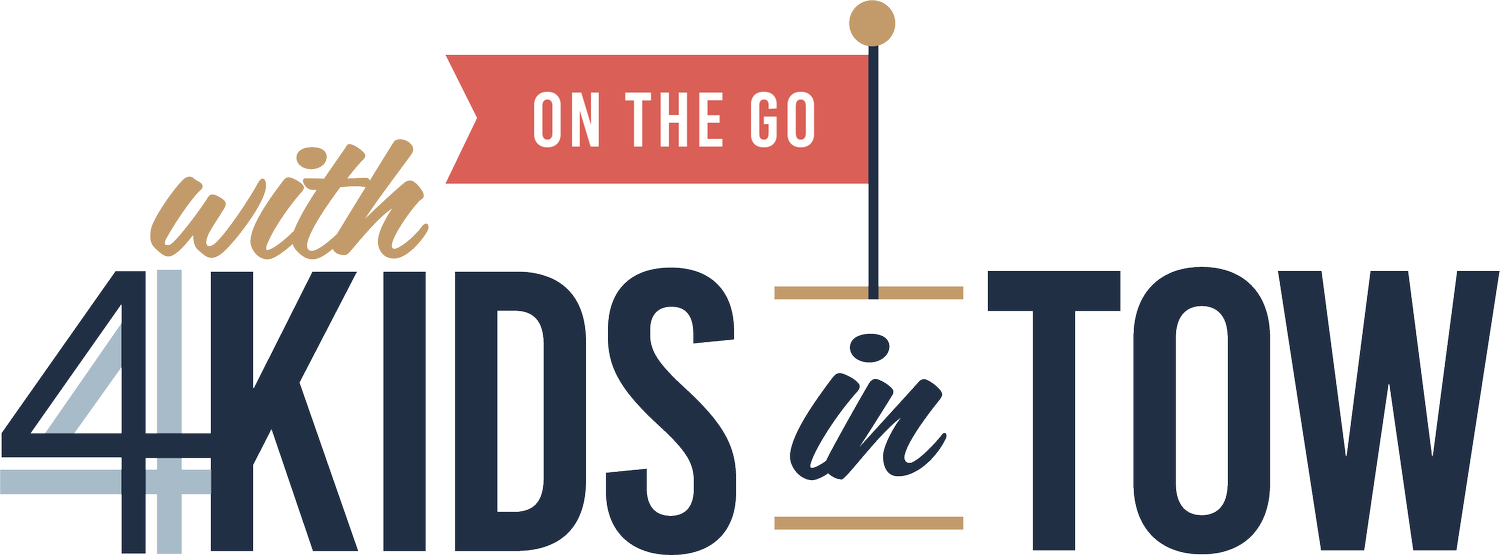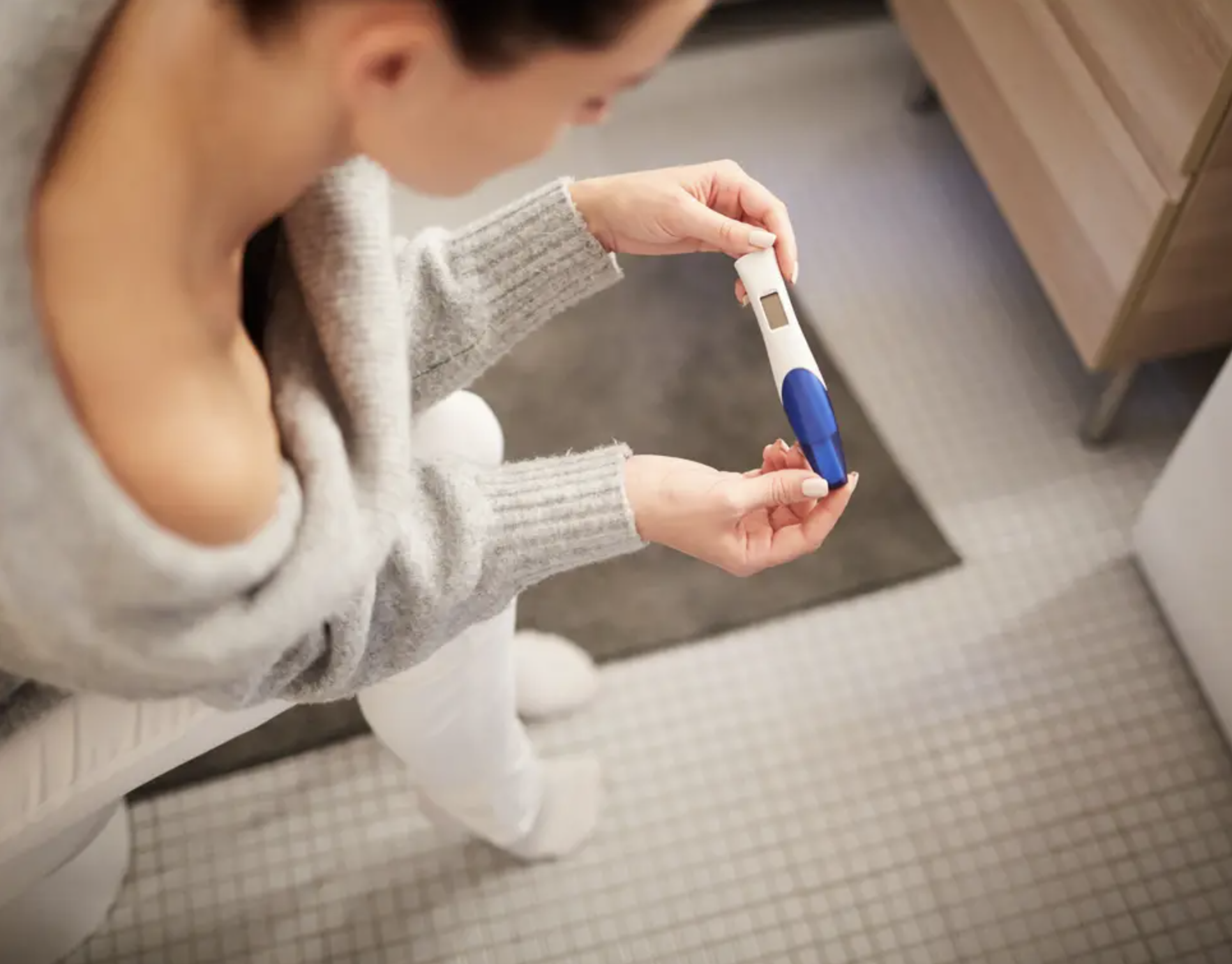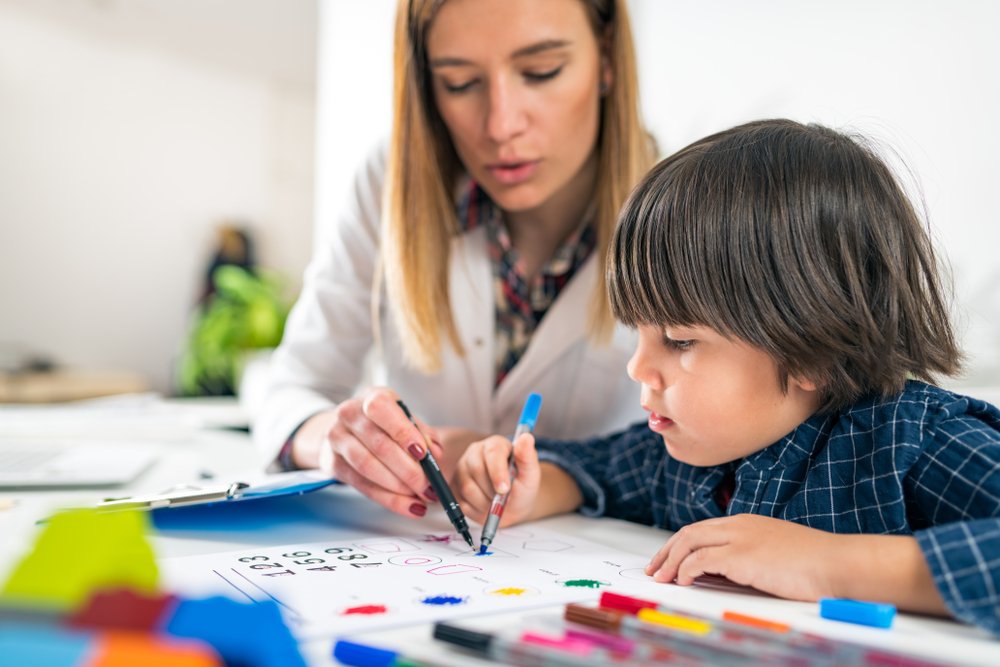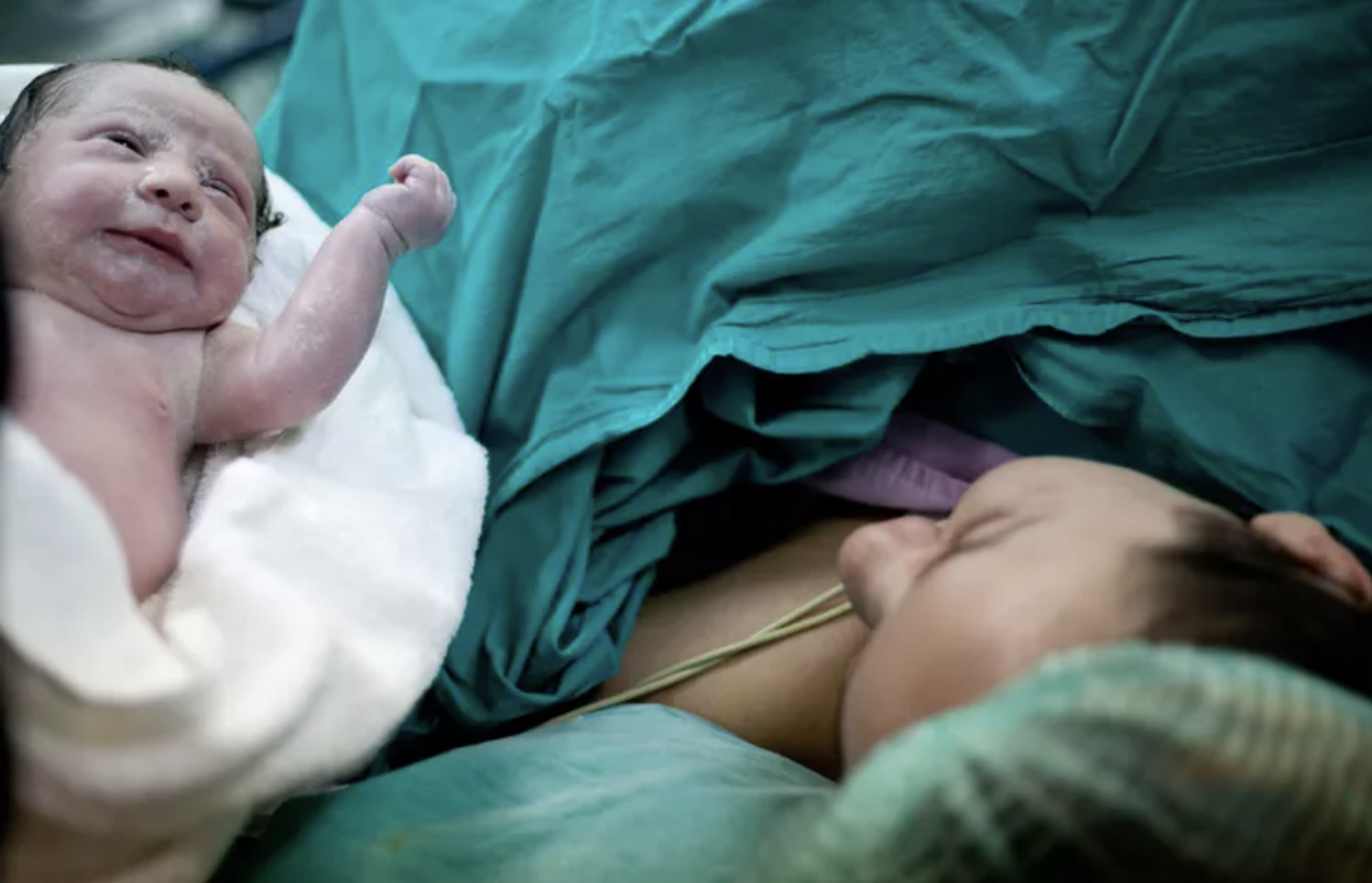Head Lice: What do I do?!
[Reading time: 12 mins]
Let’s start with my DISCLAIMER:
I am NOT a doctor.
I am NOT a psychologist.
I am NOT giving medical advice.
What I AM is a Mother who has MY OWN personal experiences. That is what I will share with you here.
Photo via vecteezy.com
Blech.
I had been debating if I should write a blog about lice, but I realized that just like all my other “Let’s Be Real” topics, lice has a negative stigma to it, which in reality, it’s nothing to be ashamed of! And if you are like me, and you have no idea what to do if one of your kids get lice, the last thing you want is to be in a huge pinch, if and when it happens to you!
Do I have experience with this? Well, yes, I do! My daughter just recently got lice! You always think it could never happen in your family, but the fact is, according to the CDC, an estimated 6-12 million infestations occur each year in the U.S., among children ages 3 to 11. Honestly, there are most definitely lice cases in your child’s school or camp, that you don’t even know about!
Finding out if your child has lice.
Schools are not required to let you know about lice cases in the classroom!
Did you know that schools are no longer required to notify families of a present lice case in the classroom?? When I found this out, it BLEW my mind! According to the American Academy of Pediatrics, “While it may cause discomfort, head lice don’t spread disease and are not a sign of poor hygiene — but highlighting a case by sending the child into quarantine may cause significant stigma and psychological stress.”
After learning about this reasoning, I can understand the logic. Also, after learning more about the treatments [which I will discuss in more detail below], I also agree that there is no reason to quarantine a child from school or other activities / camps. However, I do feel it can still be relayed to other families who have been in close contact with the child - without naming the identity of the the child - so that they can be diligent about checking their own children, and prevent a potential outbreak within their home.
Yes, lice “only” causes discomfort and stress, and it is not a life or death situation, but if that stress can be avoided, why wouldn’t you help it if you can?
So, how did I know when my daughter got it?
The Mother of my daughter’s friend who had lice first called me- that’s how!
I am so forever grateful to my friend for letting me know right away when her daughter got lice! The girls are in the same camp group, and like the schools, camps are also not required to let other families know. But my friend knew how much her daughter likes to play closely and give hugs to her friends, so she called all the parents to let them know.
Unfortunately, her daughter was 3-4 weeks into the infestation already, but because of her phone call to me, we were able to catch my daughter’s infestation in just a week! And the fact is, I never would have even checked my daughter’s head for lice, had I not known she was in close contact with someone who already had it.
Side note: after 2 cases were reported in their group [my daughter and her friend], the camp did let the rest of the camp group families know, so I am thankful for that.
What you need to know about lice.
What exactly is head lice?
Lice are little insects that feed on human blood. And when I say “little”, I mean minuscule; a full grown adult lice is only about 2-3 millimeters long, or the size of a sesame seed. Because of this, it can be VERY difficult to find on the head.
The 3 stages of lice’s life cycle: Nits, Nymph, Adult
Nits
An adult female will find its way to the scalp and lay its eggs, known as nits. The nits are usually laid near the base of the hair shaft, close to the scalp, and can be found more often near the neck and behind the ears. They are oval-shaped and extremely hard to see, and easily dismissed as dandruff or hair spray droplets.
The best way to determine if you find a nit in your child’s hair is if you try and remove the white egg from the hair, but it won’t budge. Unlike dandruff or any other kind of dirt or flake, a nit clamps onto a strand of hair and won’t let go. When I found the one in my daughter’s hair, I actually had to cut out the strand from her head so I could get a better hold of it; I tried with all my might to get the nit off, to my dismay.
Nymphs
In about 6-7 days, the nits will hatch into nymphs. These will be a little bit more visible in the hair, but still difficult to see, especially if you’re not looking for them. These nymphs will stay in the hair for another 9-12 days, before they become adults.
Adults
As mentioned earlier, adult lice are only the size of a sesame seed. At this point, they have six legs with claws and begin to reproduce. The female will lay her first egg 1-2 days after mating, and the life cycle begins again, if not caught or treated properly. In fact, when the female lays her first eggs, she will continue to lay eggs, up to 8 per day, for the next 16 days! Finally, after 35 days [at the very most], the adult lice die… but by then, you now have new eggs to deal with again.
What to do with this information
Knowing the different stages of lice is extremely valuable information. This is actually how we knew that my daughter’s infestation was in its early stages. They had found 24 eggs in her hair and only 2 nymphs that looks like they had *just* been hatched, so knowing the life cycle of lice, they were able to determine that she had it for only about a week.
This kind of information is important to know so you can figure out the likelihood of if having spread yet or not. Because my daughter’s lice was caught so early, there was very low risk of it having spread amongst the rest of my family. All of us still got head checked, but just that peace of mind of knowing that there wasn’t a full blown infestation going on, was very reassuring for us.
Can you imagine if all my 3 boys got it, and then subsequently spread it throughout their daycare? Now you can see why I feel it is important to let people know.
How can head lice be spread
Head lice can be most often spread by direct hair-to-hair contact. This is why children can be more susceptible to catching lice, because of how closely they may be playing together. But once your child gets it, don’t forget that you can likely catch it as well, just by close contact with them while cuddling or hugging!
Other ways it can be spread [but is actually less common] is via shared hairbrushes, hats and scarves, pillows, blankets, towels and furniture. However, the reason this can be less common, is because lice actually doesn’t live long when it’s not attached to a human host, so once it falls onto an inanimate object, it will most likely be dead by the time it comes into contact with another human [more on this later].
Treating lice.
At-home treatments
Treating lice at home is an option, but it does take a lot of patience and time. First, you will need to make sure you have a comb specifically used to take lice out. It’s important that you separate the hair into different sections, and comb through it very slowly, multiple times, to ensure you catch every piece of lice. Beware: this can take HOURS.
You will also need a topical treatment to put onto the hair - usually a type of cream or oil - which helps to kill any remaining lice. You can get this over-the-counter, or if necessary, there are prescription medications as well.
Lice clinic
I 100% went with the Lice Clinic option, and have absolutely no regrets! I have no desire nor patience to do the treatments myself, and I feel like I would be second guessing all of it. For peace of mind, the Lice Clinic was a fantastic resource to go to.
The one I went to is the Lice Clinic of America in Vernon Hills. There are 200+ clinics nationwide, and more locally, there are additional locations in Deerfield, Barrington and Spring Grove. But honestly, I don’t care how far you live, it is worth the drive out to go to one!!
Why am I pushing for the clinic? Because they will very thoroughly check your hair, offer the best treatment necessary depending on your symptoms, and I especially was very grateful for them explaining exactly how lice works and the best course of action for the infected head and also for your home. And guess what? My daughter got the full treatment, and was in and out of there in just over an hour! AND she was allowed to go back to camp the same day!
The whole process from start to finish at the lice clinic, was so easy and stress-free; it was completely worth the cost.
Other treatment options
If you don’t think the lice clinic is the best option for you, and you have no desire to DIY it, you can definitely go to your doctor to discuss what kind of treatments they are able to offer you, or you can also go to a dermatologist.
Lice Myths debunked.
Myth: Head lice carry diseases.
Fact: This has not been proven to be true, and is the reason why the AAP no longer requires the notifications of lice cases in school settings.
Myth: Head lice prefer dirty and unwashed hair.
Fact: The cleanliness of a person, has nothing to do with getting head lice.
Myth: Head lice breeds on pets, furniture and other objects.
Fact: Head lice need a human host to feed off their blood and in order to live.
Myth: Head lice can live on an inanimate object for multiple days.
Fact: Head lice die 24 hours after detaching from a human host. Even by 12 hours, lice are so weak, that they are already determined to be less of a threat.
Myth: Head lice can jump and fly from one person to another.
Fact: Head lice do not hop and they cannot fly; in fact, they don’t even have wings. Rather, they transfer from human hosts to another by crawling.
Myth: You must fumigate your house and throw everything away if someone in your household has been infected by head lice.
Fact: Because lice die 24 hours after detaching from a human host, there is no need to tear your house apart. Read further for household cleaning tips after a lice infestiation.
Household care after lice.
As already stated, there is no need to fumigate your house, nor do you need an exterminator. For peace of mind, here are some good practices to do:
Throw any clothes and linens that were used in the last 48 hours, into the dryer on high heat. If you want to, you can also machine wash in hot water.
Soak all combs and brushes in hot water for 5-10 minutes, or place in a baggie in the freezer for a few hours.
All other items that can’t be washed, can also go into the freezer for a few hours.
Vacuum floors and furniture that were common-use areas for the last 48 hours.






Head lice has a negative stigma to it, but there is absolutely nothing to be ashamed of if someone in your household gets it! And if you are like me, and you have no idea what to do if someone gets lice, the last thing you want is to be in a huge pinch, if and when it does happen to you.